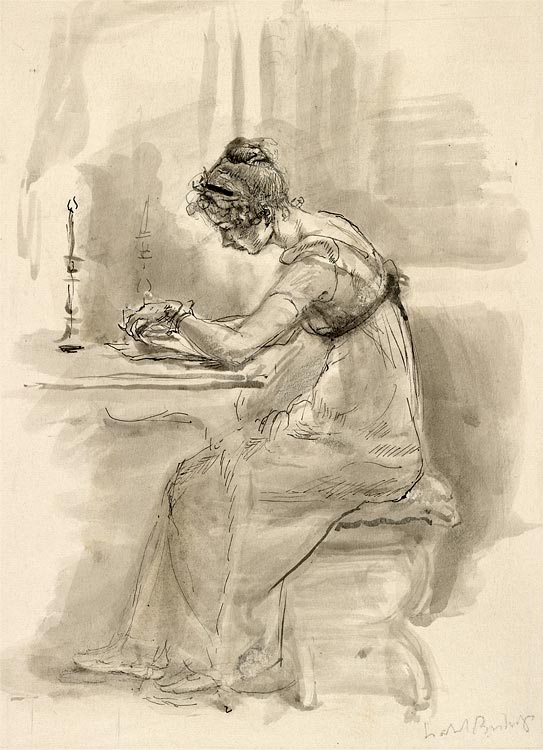
This exhibition showcases Jane Austen's (1775–1817) distinctive voice—its development, subjects, context, and physical forms—and explores why she and her writing continue to enthrall and inspire us nearly two hundred years after her death. Beginning with the earliest letter in the Morgan's collection, written in 1796 when Austen was twenty years old, and ending with a short film about her legacy, these works reveal her characteristically sharp observations and irrepressible wit. The manuscripts on view offer an intimate portrait of one of the greatest writers in the English language, while the prints and drawings provide a visual context for her work. Read more »
What can we learn from Austen's surviving manuscripts and letters? What, if any, are the connections between her life and times and her work? Why does her popularity endure? These questions shaped the exhibition, and we invite you to consider them.
The online exhibition includes:
Film
The Divine Jane is a short documentary film specially commissioned for the exhibition and examines the influence of Austen's fiction—and her enduring fame—through interviews with leading writers, scholars, and actors.
Lady Susan facsimile
The manuscript is shown here, accompanied by an audio recording first seven letters.
Selected images
See selected images from the exhibition with descriptions.
A Technical Perspective
The conservators of the Morgan's Thaw Conservation Center share their observations on Jane Austen's writing materials.
A Woman's Wit: Jane Austen's Life and Legacy is generously supported by the Laurence Levine Charitable Fund, Inc. and Sir Thomas R. Moore.
